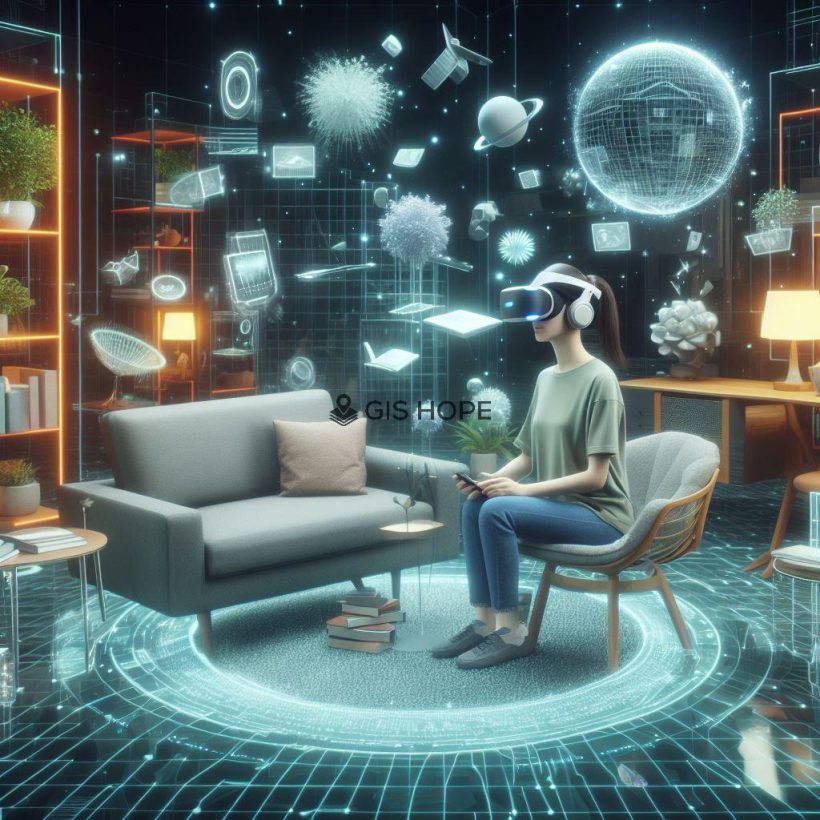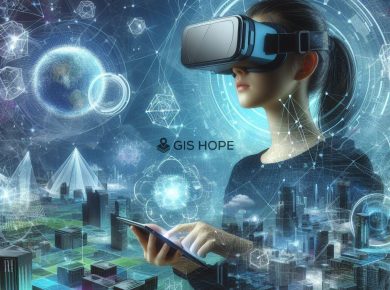As technology continues to advance, Virtual Reality (VR) and Augmented Reality (AR) are leading the charge in shaping the future of human-computer interaction. These cutting-edge technologies offer immersive experiences that transcend traditional boundaries, revolutionizing how we perceive and interact with digital content. This essay unveils the latest VR and AR applications, showcasing their potential to transform industries and redefine the way we experience the world around us.
Exploring Cutting-edge VR Applications
Cutting-edge VR applications span a wide range of industries, each pushing the boundaries of what is possible with immersive technology. In gaming, VR enables players to step into virtual worlds, engaging in immersive gameplay experiences that blur the lines between reality and fantasy. In entertainment, VR allows users to attend virtual concerts, explore immersive art installations, and experience storytelling in new and exciting ways.
Unveiling the Latest AR Innovations
Augmented Reality (AR) is also driving innovation across various industries, offering users interactive experiences that enhance their perception of the real world. In retail, AR enables customers to visualize products in their own space before making purchasing decisions, revolutionizing the shopping experience and increasing engagement. In healthcare, AR is used for medical training, surgical planning, and patient education, providing healthcare professionals with valuable tools for diagnosis and treatment.
Transforming Education and Training
VR and AR have the potential to transform education and training, providing immersive learning experiences that enhance retention and engagement. In classrooms, VR allows students to explore historical sites, travel to distant planets, and conduct virtual experiments, bringing learning to life in new and exciting ways. In corporate training, AR enables employees to practice hands-on skills in a virtual environment, reducing the need for physical equipment and minimizing risk.
Enhancing Healthcare and Therapy
In healthcare, VR and AR are revolutionizing medical training, patient care, and therapy. Surgeons use VR simulations to practice complex procedures in a safe and controlled environment, improving surgical outcomes and reducing errors. Patients undergoing therapy can use VR to manage pain, overcome phobias, and improve mental health, providing a non-invasive and effective treatment option.
In conclusion, cutting-edge Virtual Reality (VR) and Augmented Reality (AR) applications are revolutionizing how we interact with digital content and experience the world around us. From immersive gaming experiences to interactive educational tools and innovative healthcare solutions, VR and AR technologies are unlocking new possibilities for digital innovation and human-computer interaction. As these technologies continue to evolve, their potential to transform industries and redefine our relationship with technology will only grow, shaping the future of human experience in the digital age.
Reference
- Shumaker, R. (Ed.). (2020). “Virtual, Augmented and Mixed Reality: Designing and Developing Augmented and Virtual Environments.” Springer.
- Lee, J. C., & Cho, H. (2021). “Augmented Reality and Virtual Reality in Physical and Online Retailing.” Routledge.
- Kipper, G., & Rampolla, J. (2012). “Augmented Reality: An Emerging Technologies Guide to AR.” Syngress.
- Bowman, D. A., Kruijff, E., LaViola, J. J., & Poupyrev, I. (2014). “3D User Interfaces: Theory and Practice.” Addison-Wesley.






